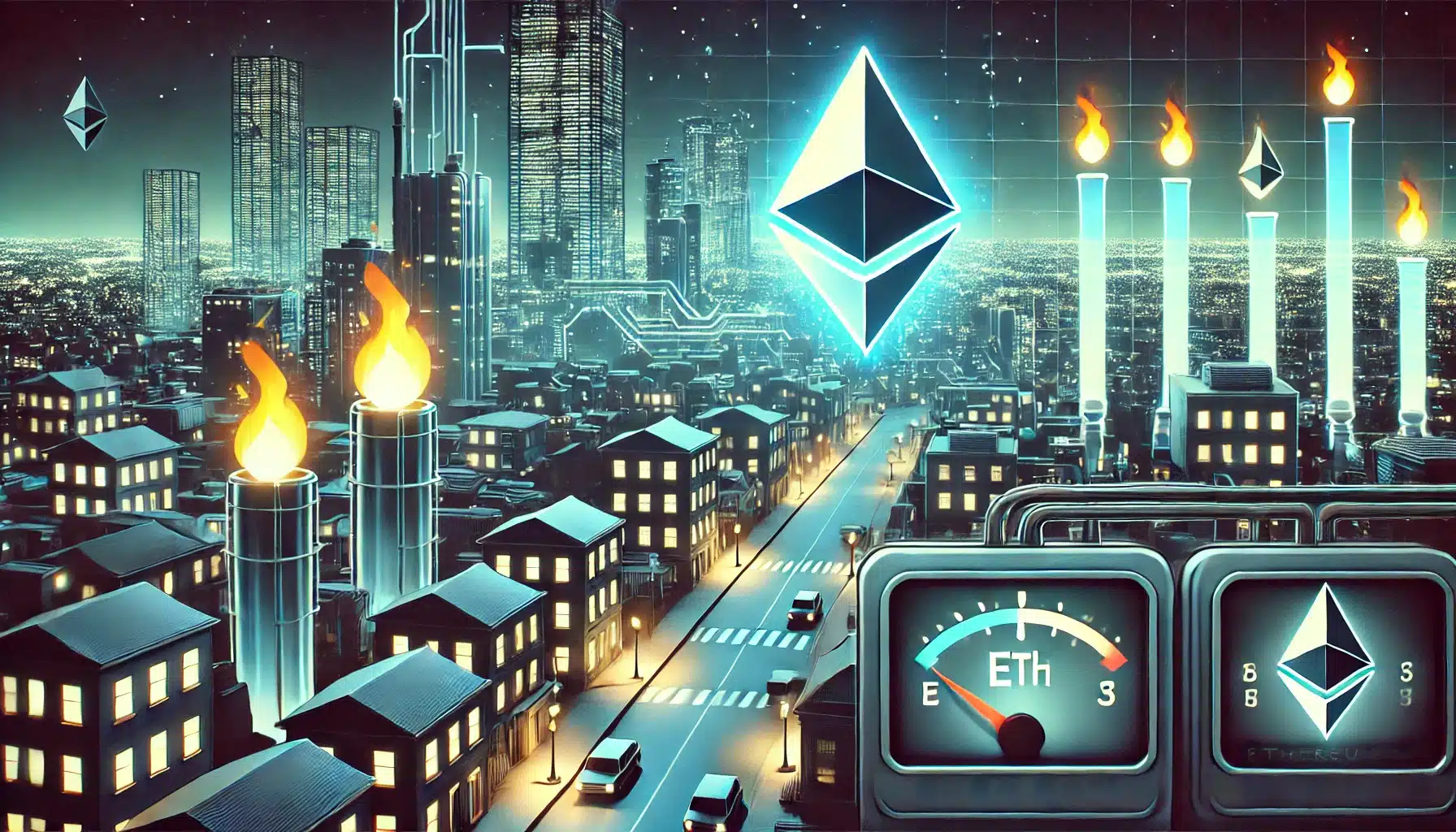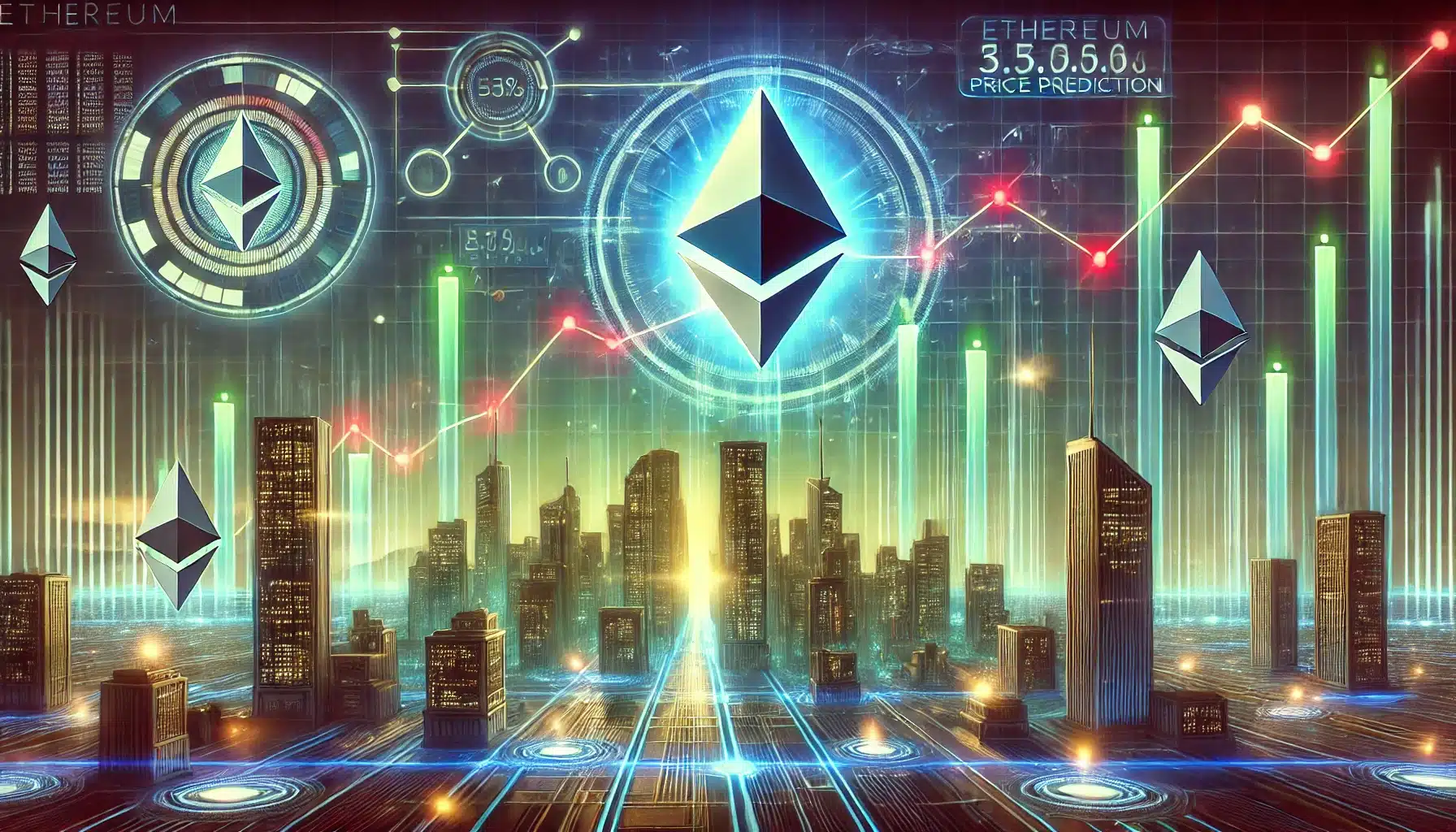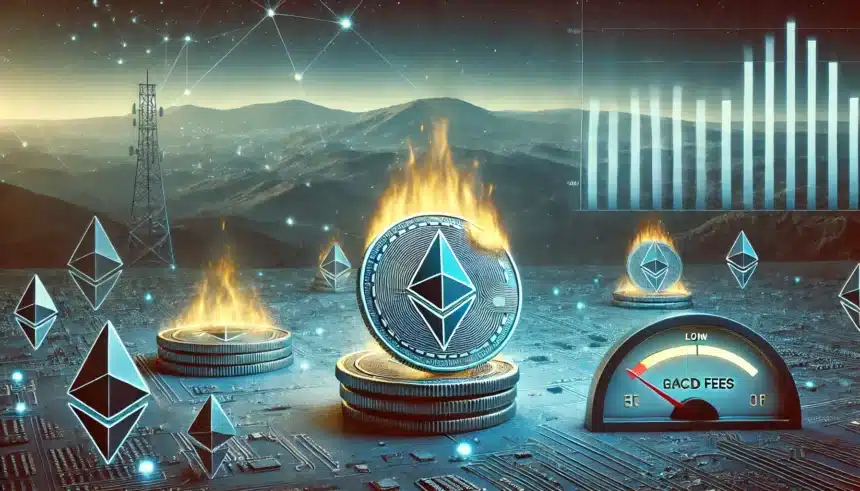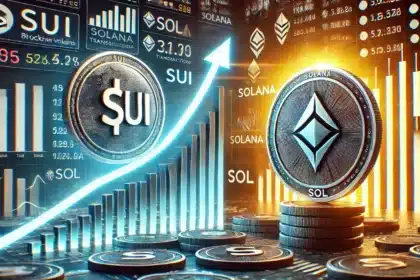Ethereum burn rate recently fell to its lowest level in several years. This decline comes as gas fees, which have a direct impact on the amount of ETH burned, hover between 1 and 2 gwei. On Saturday, only 210 ETH were burned, a significant drop compared to the 5,000 ETH burned on August 5 when gas fees were around 100 gwei. This decrease in the Ethereum burn rate is due to the current minimal base fees affecting the cryptocurrency’s issuance and overall inflation rate.

Impact of Low Gas Fees on Ethereum Burn Rate
The drop in Ethereum burn rate is closely linked to the reduced gas fees on the Ethereum network. With base fees at historic lows, the amount of ETH being burned has decreased drastically. This situation has led to an increase in net ETH emission, with more ETH being issued than burned. On Saturday, while 210 ETH were burned, the net emission exceeded 2,000 ETH, according to data from The Block.
Martin Köppelmann, founder of Gnosis, has suggested that increasing the gas limit could be a temporary solution to balance the burn rate. Köppelmann believes that even though it might seem counterintuitive, raising the gas limit could stimulate Layer 1 activity and counteract the current low base fees. “The base fee is at a multi-year low of ~0.8 gwei. To offset staking rewards, 23.9 gwei would be required,” Köppelmann noted, highlighting the need for a strategic adjustment.
Futures Market Data Signals Potential Ethereum Rally
Despite the current low Ethereum burn rate, futures market data suggests that Ethereum might be poised for a significant rally. According to a CryptoQuant analyst, Shayan, recent metrics indicate that ETH could experience a bullish surge soon. The analysis points to a significant liquidation event in the futures market, a situation that historically precedes price rallies as markets stabilise and spot buying pressure increases.

Earlier this month, ETH experienced a sharp decline, falling nearly 34% from $3,329 to $2,197. However, substantial buying activity near the $2,100 mark has led to a slight rebound, with ETH trading around $2,623 at the time of writing. Shayan believes that this recent liquidation has cooled the futures market and flushed out many leveraged positions, creating an opportunity for renewed interest and a potential price recovery.
Ethereum Price Outlook: Resistance and Support Levels
As ETH continues to recover, its price is facing significant resistance at the $2,800 level. This resistance is tied to the previously broken lower boundary of the wedge during ETH’s recent plunge. Despite the bullish signals from futures market data, the $2,800 threshold may hinder ETH’s upward momentum and potentially trigger a reversal towards the $2,000 support level.
Analysis from CryptoPotato highlights that ETH has shown a strong bullish response near the $2,100 support level, indicating investor confidence in its long-term potential. While the asset faces resistance around $2,800, its recovery from recent lows and robust demand at key support levels could set the stage for a more substantial rally if market conditions align.

Conclusion: The Future of ETH Amidst Changing Dynamics
The current low Ethereum burn rate and minimal gas fees are reshaping the dynamics of the Ethereum network. While these factors contribute to increased net ETH emission, futures market data and recent market movements suggest that ETH may be on the brink of a significant rally. As the cryptocurrency market continues to evolve, the balance between network activity, gas fees, and market sentiment will play a crucial role in determining ETH’s future trajectory.
With the Ethereum network’s burn rate at record lows and futures market indicators pointing towards a potential bullish turn, investors and market watchers will need to stay vigilant for any signs of a rally or further market adjustments. For now, ETH’s price action and underlying network dynamics will be key factors to watch in the coming weeks.
This news was first published on TheBITJournal.





























